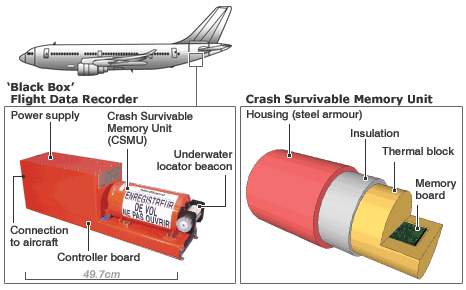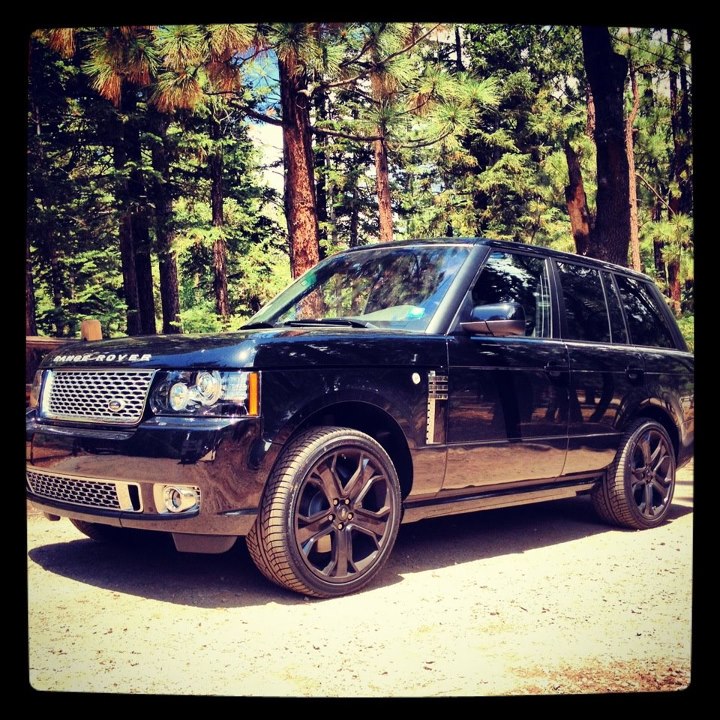A Black-box in your car??
Words like ABS (Anti Breaking Systems), Seat-belts, central locking, air bags, vehicle tracking systems are known to every person now. But ever heard of a black-box in a car?
Black-box, also called as an “event data recorder” is a device which keeps a track and record of various factors in a plane like speed, acceleration, driver steering input, time between first two crashes events etc. Black box are deployed for more analytical purposes than experimental. The data gathered from these are used to analyze the causes of failures or crashes most of the time.
2013 model cars and vehicles in the US are expected to have an EDR in 80 percent of them. This is to know how the car/vehicle was driven moments before impact. Though it’s not mandatory yet to have an EDR, this is becoming a more common approach to know about the state of the driver and the vehicle before an accident. In a few states in America, annual emissions check used to be done at the tail of the silencer earlier, now EDR ports are used rather which makes the job quite simple. The traffic authority can just download the data from every vehicle – why bother going to a dealer!!
A couple of years back, Air France flight 447 crashed into Atlantic Ocean, killing all the 228 passengers on board. The aircraft’s black box ceased “pinging” even 3 months after the crash and hence the search for more information was called off, leaving the case as it is. A discussion broke out that use of black box is not perfect for sure. A more real time device should be used actually. As of 2013, EDR’s must record:
- Change in forward crash speed
- Maximum change in forward crash speed
- Time from beginning of crash at which the maximum change in forward crash speed occurs
- Speed vehicle was traveling Percentage of engine throttle, percentage full (how far the accelerator pedal was pressed)
- Whether or not brake was applied
- Ignition cycle (number of power cycles applied to the EDR) at the time of the crash
- Ignition cycle (number of power cycles applied to the EDR) when the EDR data were downloaded
- Whether or not driver was using safety belt
- Whether or not frontal airbag warning lamp was on
- Driver frontal airbag deployment: time to deploy for a single stage airbag, or time to first stage deployment for a multistage airbag
- Right front passenger frontal airbag deployment: time to deploy for a single stage airbag, or time to first stage deployment for a multistage airbag
- Number of crash events
- Time between first two crash events, if applicable
- Whether or not EDR completed recording
-
For EDRs capable of logging more detailed vehicle information, traffic authorities requires the devices to record such things as sideways acceleration, forward or rearward acceleration, engine speed, driver steering input, right front passenger safety belt status, engagement of electronic stability control system, antilock brake activity, side airbag deployment time for driver and right front passenger, and seat track positions for both the driver and right front passenger. Occupant size and position for drivers and right front passengers may also be recorded.
Early 2012, the American police seeded a GPS satellite in a drug suspects car and tracked his where-a-bouts for a month. He was caught in the end but the states refused to accept the data from the EDR as evidence. The question then arises, how private are lives after this!!



